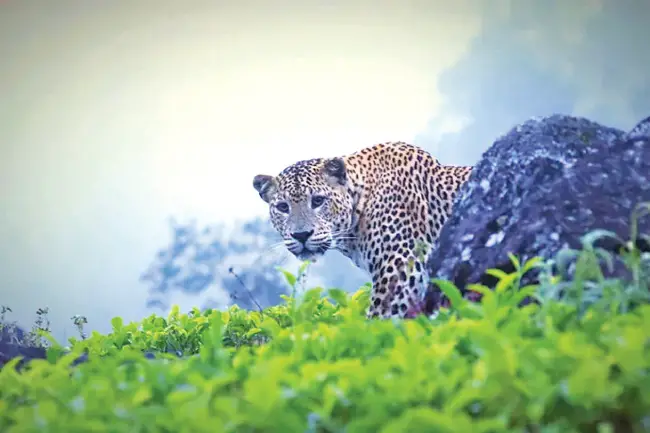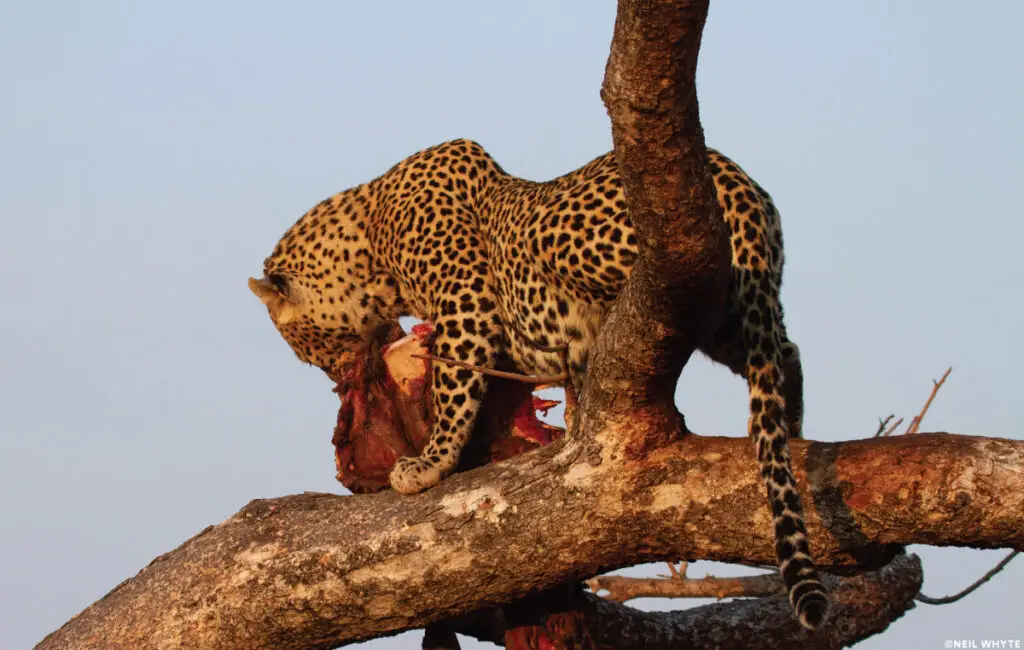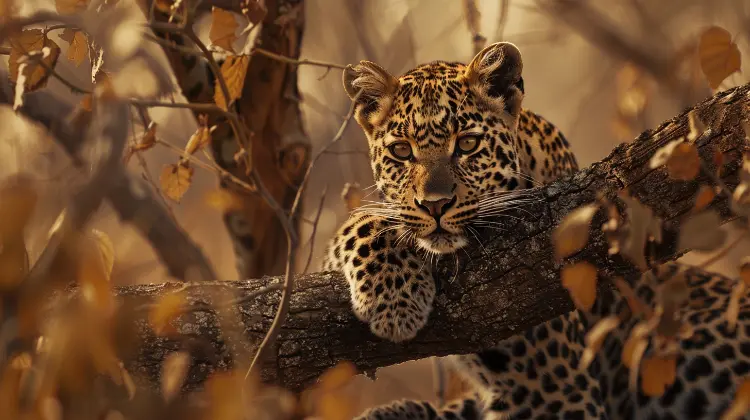Fascinating Facts About Leopards: Nature’s Stealthy Hunters
Leopards are among the most enigmatic and beautiful big cats in the world. Known for their stunning spotted coats and incredible adaptability, these magnificent creatures have captured the hearts and minds of wildlife enthusiasts everywhere. Let’s explore some interesting facts about leopards that highlight their unique characteristics and behaviors.

1. Masters of Camouflage
One of the most remarkable features of leopards is their coat pattern. The rosettes—dark spots surrounded by lighter fur—allow them to blend effortlessly into their environment, whether in grasslands, forests, or rocky terrains. This natural camouflage is essential for their hunting strategy, enabling them to ambush prey effectively.
Fun Fact:
The patterns on a leopard’s coat are unique to each individual, much like a human fingerprint. This makes it possible for researchers to identify and track specific leopards in the wild!
2. Solitary Creatures
Unlike some big cats that live in prides or groups, leopards are solitary animals. They prefer to hunt and live alone, marking and defending their territories. Male leopards tend to have larger territories than females, often overlapping with the territories of several females.
Social Structure:
Leopards communicate with each other through vocalizations, scent markings, and visual signals, ensuring their presence is known in their territory without direct confrontation.
3. Incredible Climbers
Leopards are exceptional climbers, often ascending trees to evade danger or to store their kills away from scavengers. Their long, muscular bodies and strong limbs give them the agility needed to navigate branches effortlessly.

Behavior Insight:
A leopard can carry prey weighing more than its own body up a tree, securing it in a safe spot. This behavior also helps them avoid larger predators, such as lions and hyenas.
4. Diverse Diet
Leopards are opportunistic hunters with a varied diet that includes everything from small rodents to large ungulates. They are known to hunt both at night and during the day, depending on the availability of prey and environmental conditions.
Hunting Strategy:
Their stealthy approach and powerful physique enable them to stalk and ambush prey, often using a “stalk and pounce” technique. Once they’ve captured their meal, they will often drag it to a safer location to eat.
5. Adaptability and Range
Leopards are incredibly adaptable animals and can thrive in various habitats, from rainforests to savannas to mountains. They are found in sub-Saharan Africa, parts of Asia, and even in the Indian subcontinent.
Conservation Status:
While they are highly adaptable, leopards face threats from habitat loss and poaching. Conservation efforts are crucial to ensuring their survival in the wild.
Conclusion
Leopards are fascinating creatures that embody the beauty and complexity of the natural world. Their remarkable adaptability, hunting skills, and solitary nature make them unique among big cats. By learning more about these stealthy hunters, we can appreciate the importance of preserving their habitats and ensuring their future.
What’s your favorite fact about leopards? Share your thoughts in the comments below!






